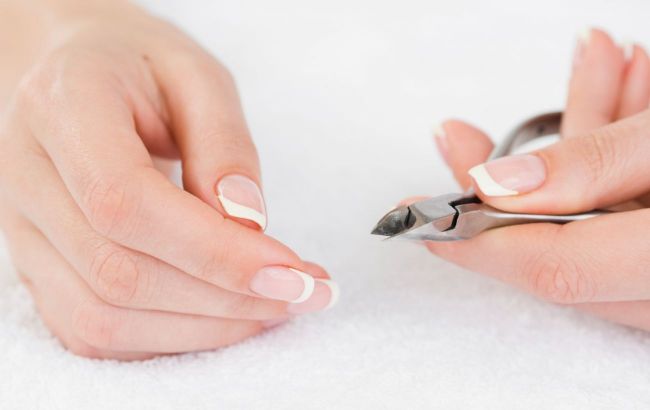Is it safe to cut cuticle? Answer surprises
 Is it ok to cut the cuticle (photo: Freepik)
Is it ok to cut the cuticle (photo: Freepik)
Well-groomed hands are not just about aesthetics but also a matter of health. One of the most common questions during a manicure is whether it is safe to cut the cuticle. Real Simple reveals what this procedure can lead to.
Is it safe to cut the cuticle?
Manicurist Renee Oquel Mesa explained that cutting the cuticle at home can increase the risk of infection and may cause long-term damage to the nail bed.
That’s why many specialists recommend pushing the cuticle back instead. It's important to know that cuticles are meant to protect the nails and serve as a protective barrier.
Excessive cutting of the cuticles can lead to open wounds, irritation, infection, or inflammation. The only exception to this rule is when the cuticle skin remains excessive even after being pushed back.
Pushing back the cuticle, which means gently pushing the excess cuticle skin away from the base of the nail plate, only harms nail health if the process is done too aggressively.
The risks outweigh the benefits only if a cuticle pusher is used with too much force or pressure, which can damage the nail surface overall. Cleaning the nail surface can extend the nail plate and improve the appearance and health of the nails.
How to safely push back the cuticle
Using the proper tools, the nail cuticle should be gently and safely pushed back. This can be done with a cuticle pusher or a wooden cuticle stick.
By removing the excess cuticle or layer of dead skin, this step provides a clean nail surface, allowing nail products to adhere properly to the nail plate.
The safest way to push back the cuticle is to soften it by applying a cuticle softener and soaking the fingers in warm water for a few minutes. This allows the cuticle skin to soften, making it easier to push back.
This can be done once a week or every other week, depending on nail and cuticle growth. Do not push back the cuticle if you have cuts or signs of infection along the cuticle and nails.
Earlier, we wrote about 9 everyday habits that seriously damage your nails.
This material is for informational purposes only and should not be used for medical diagnosis or self-treatment. Our goal is to provide readers with accurate information about symptoms, causes, and methods of detecting diseases. RBС-Ukraine is not responsible for any diagnoses that readers may make based on materials from the resource. We do not recommend self-treatment and advise consulting a doctor in case of any health concerns.

